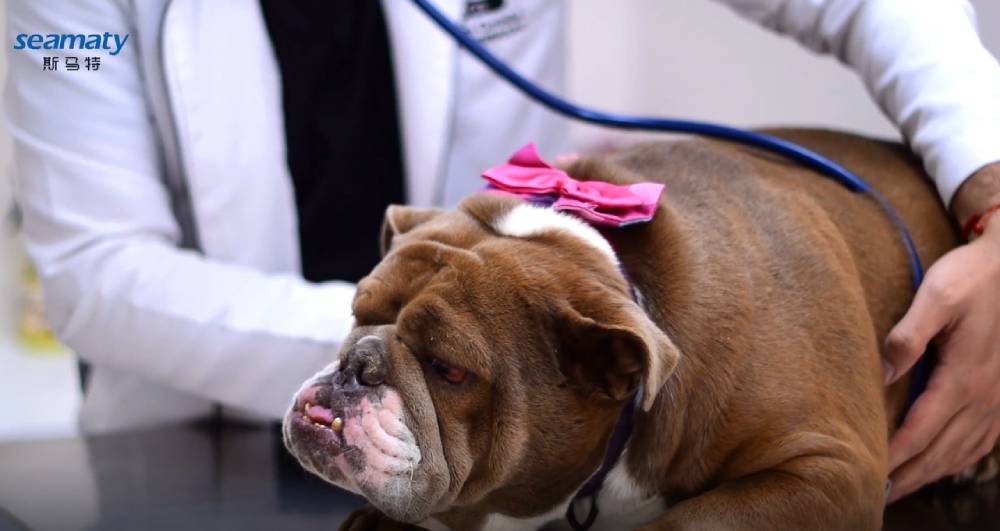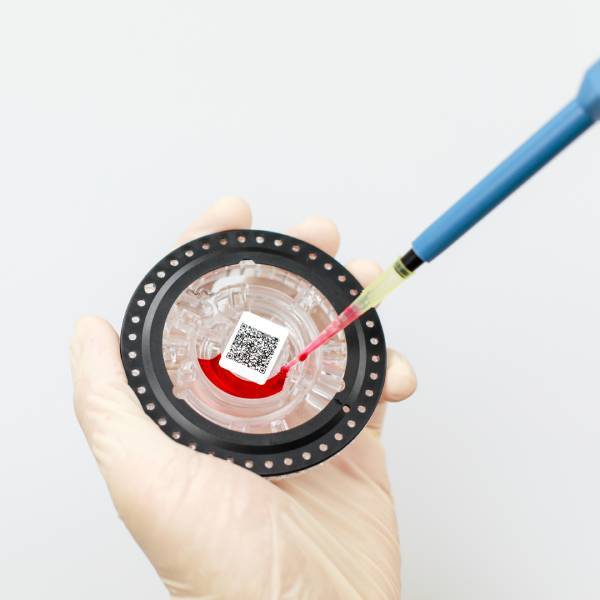When an abnormality is found on a biochemical test report, is it possible to determine that the animal's biochemical test results are abnormal and that it means that the animal is in poor health?
Each test report will have a reference range. When an
animal's biochemical test results are outside (high or low) of this range, there will be an appropriate indication. To properly interpret the test report, it is usually important to take into account the animal's past medical history, clinical signs, whether it is on medication, behavioral performance, some genetic disorders, and sample preparation. The following aspects generally need to be considered.
1. How abnormal are the biochemical test results?
Test values that are well outside the reference range are easy to interpret and often suggest the need for further medical testing. But if the biochemical test results are only "slightly" above or below the reference range, how to explain?
Since the reference range is a medical statistical concept, it is a medical statistic derived from the test values of some healthy animals (such as dogs and cats). This means that there must be some healthy animals whose test values are not included in the reference range. Therefore, for some test indicators, minor abnormalities have no clinical significance. However, for some tests, such as creatinine, even minor abnormalities should be taken seriously. This is because the pathological conditions to which these indicators point (mid to late stage renal disease) can have serious clinical consequences if they occur. Usually, in such cases, the veterinarian will advise the pet owner to take his pet for a review after a period of time.
2. Does it correspond to the clinical condition of the animal?
Usually, based on the medical examination, the veterinarian will have a general judgment of the animal's clinical condition (physical condition or disease) based on the information provided by the pet owner such as past medical history, clinical signs, whether the pet is on medication, behavior, past diet, etc. The test results at this point are often used to corroborate that judgment, to aid in diagnosis, to suggest the severity of the problem, or to provide direction for the next step in diagnosis (further examination).
However, if the test results do not match the veterinarian's expectations, the veterinarian will usually reapply for testing at this time. This is because the animal may have been affected by other factors such as diet, exercise (or recent strenuous activity), external changes, stress, whether medication is being administered, etc. that caused the abnormal results of this test (resulting in test results that do not match your disease condition).
Or it may be a technical operational reason. Veterinarians may not operate properly during the collection, centrifugation, and manipulation of blood. For example, some of the tests were not protected from light, serum or plasma was not tested in a timely manner or separated from blood cells resulting in metabolism of the test off, cross contamination between items, etc. It may also be due to not strictly follow the test preparation requirements, such as not strictly fasting, not fasting a food, nutritional supplements or drugs, so that the test results appear abnormal.
3. is it different from the animal's historical biochemical test results?
At this point, the veterinarian will usually assess whether the test results suggest that the animal's old disease recurrence or a new onset of disease.
4. what are the factors that affect the test results?
Often, a number of factors can have an impact on certain tests, resulting in "abnormal" test results. However, these effects are often "minor" (small deviations from the reference range).
These factors include
-
1) Statistical limitations. Usually the reference range covers 95% of the healthy animals tested. This means that 5% of healthy animals will have values that indicate abnormalities in the test report.
-
2) Biological variation. Animals that have regular physical examinations may find that even if they are in good health, there is always a time or two when the results of a test are outside the reference range. This is because changes are occurring in animals all the time, in response to stimuli from within or outside the body. Age, diet, physiological cycle, exercise, stress and even seasonal changes in the body's impact on factors may be reflected in the test report. This is especially true for some extremely sensitive tests.
-
3) Inter-individual variation (animal to animal before, species before differences, etc.). We selected healthy animals to determine the normal value of a test. But the definition of "healthy" is usually an "average" concept. It is also called "mostly so". However, in the actual treatment work, often encounter some normal animals of some test results are really different from other healthy animals. This is called "gifted". If you then apply the reference range, the results will often seem abnormal.
5. Differences in the reference range
It is recommended that the use of
biochemical instruments supporting the reference range. Between different animal biochemical examination equipment, there are certain differences in the reference range. Each device has its own reference range. Due to species specificity and diversity, the reference ranges of animal biochemistry cannot yet achieve uniformity and mutual recognition of results from different brands of equipment like human hospitals.
In addition to the differences in reference ranges of different brands of animal biochemistry instruments. They are not always the same as the biochemical reference ranges of animal testing laboratories or veterinary universities, but there is always a match.
Some items can cause problems for veterinarians in some cases. For example, the same tests that are normal in one animal hospital are not normal in a different animal hospital. Therefore, if you want to determine the expected animal to review a particular test, it is best to check the same place with the same equipment to facilitate comparison.
Summary
In conclusion, for the interpretation of abnormal biochemical test results, it is better to leave it to professional veterinarians to solve. Rely on their professional knowledge and clinical experience to determine whether an "abnormal" report needs to be taken seriously, whether it is really abnormal, and whether it needs to be retested.



